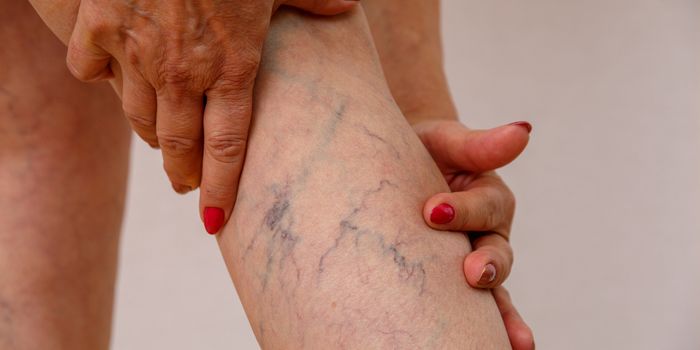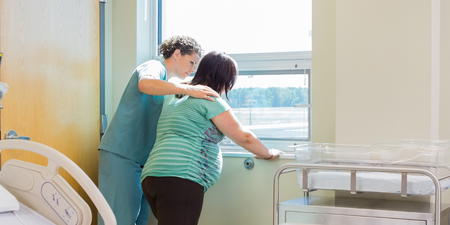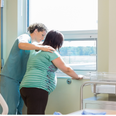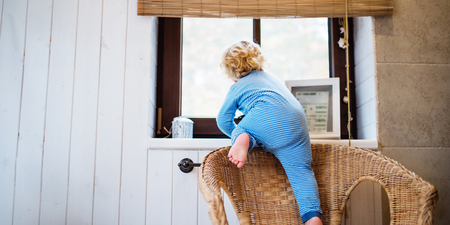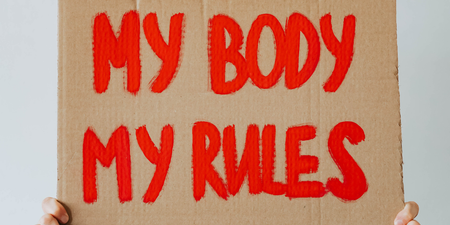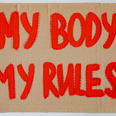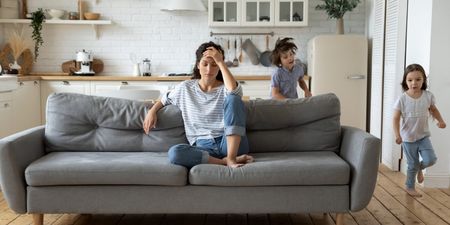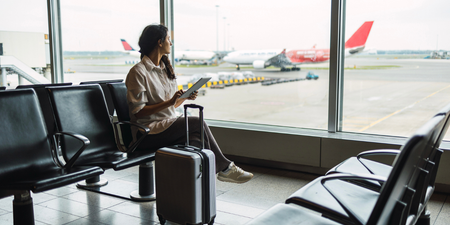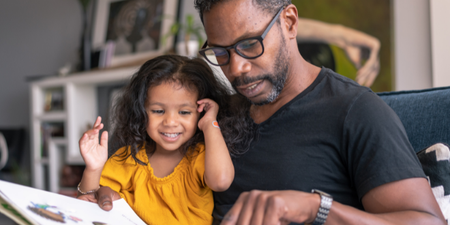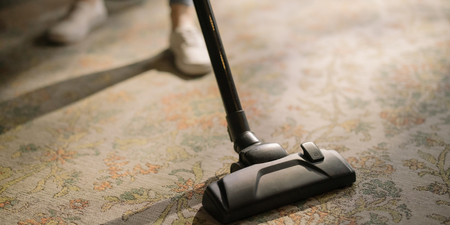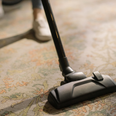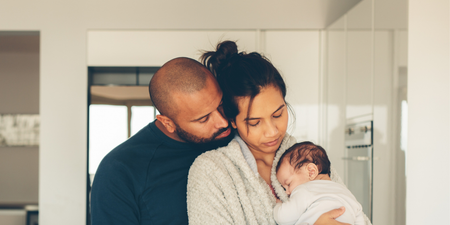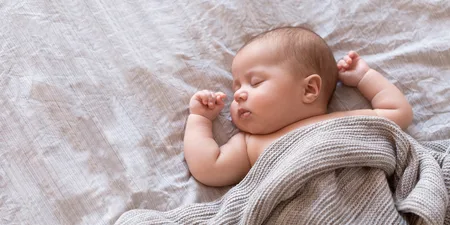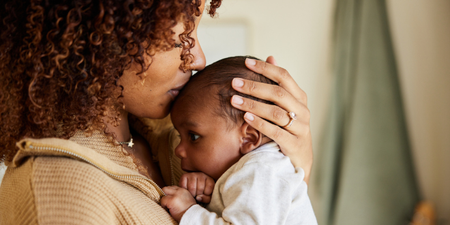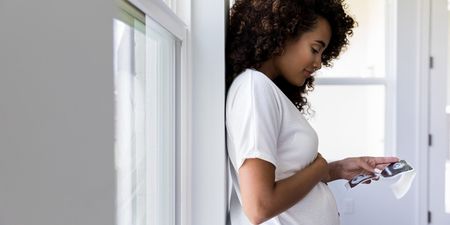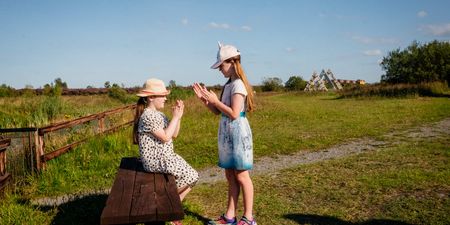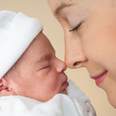“Ultimately, varicose veins are caused by gravity.”
Varicose veins are a common condition, and yet so many of us deem them not worth worrying about during our younger years.
The condition affects up to 30 percent of adults, and is generally thought to appear more frequently in women.
Apart from being unsightly, varicose veins can also lead to itching or throbbing, while longstanding varicose veins can cause serious skin reactions including eczema, swelling, hardening and ulceration.
But what exactly causes varicose veins, and are they avoidable?
We chatted to Mr Michael Arthur Murphy, a consultant vascular surgeon at Beacon Hospital, to find out more.
So, what are varicose veins?
Varicose veins are twisted blue veins that typical appear in people’s legs. While everybody has some visible veins in their legs, they are called “varicose” when they’re bulging and large.
“Varicose veins happen when a person has been standing for a while and the blood starts to spill out of the deeper veins and come to the surface,” says Murphy. “They are basically a back flood of blood that forms a puddle closer to the surface.
“There are smaller ones too, called spider veins. They’re little red and blue veins that are a lot smaller and mainly visible due to discolouration.”

What causes varicose veins?
Varicose veins are hereditary, says Murphy, but they can also happen because of damaged valves in the blood vessels, or because of Deep Vein Thrombosis.
“Ultimately, they are caused by gravity,” he says. “It’s a problem with how blood returns to the legs and the feet. So if you’ve never stood up, you wouldn’t get varicose veins. But if you walked around on your hands for your entire life, you would get them in your arms.”
Is there any way to avoid varicose veins?
“Honestly, no,” says Murphy. “If you can avoid drugs that cause Deep Vein Thrombosis, that might make a difference.
“Some people wear tight compression stockings but that’s not necessarily a solution, and it’s a lot of effort for no guaranteed reward.
“Long haul flights might increase your chance of getting varicose veins too, but for the most part, avoiding them isn’t what we focus on. We focus on treatment, and there are a lot of ways to do that now and get great results using non-invasive, gentle non-surgical methods.
“As soon as you see a spider vein or a thread vein, you should seek treatment and you can stop them from progressing or becoming more serious. You could also avoid any health problems associated with them that may arise later.”

Why are women more prone to varicose veins?
Many studies have suggested that women are more prone to varicose veins due to our hormones.
However, Murphy says that the reasoning behind this may be less to do with our chemical make-up, and more to do with how women approach their health in general.
“Some studies say there isn’t much of a difference between women and men,” he says.
“Women tend to seek treatment more often. This could be because women are more self conscious because they’re more likely to wear skirts.
“But it could also be because varicose veins are more common during and after pregnancy. There’s a bigger spike during this time, and that could make varicose veins seem more prominent in women.”
You can find out more about varicose veins here.
